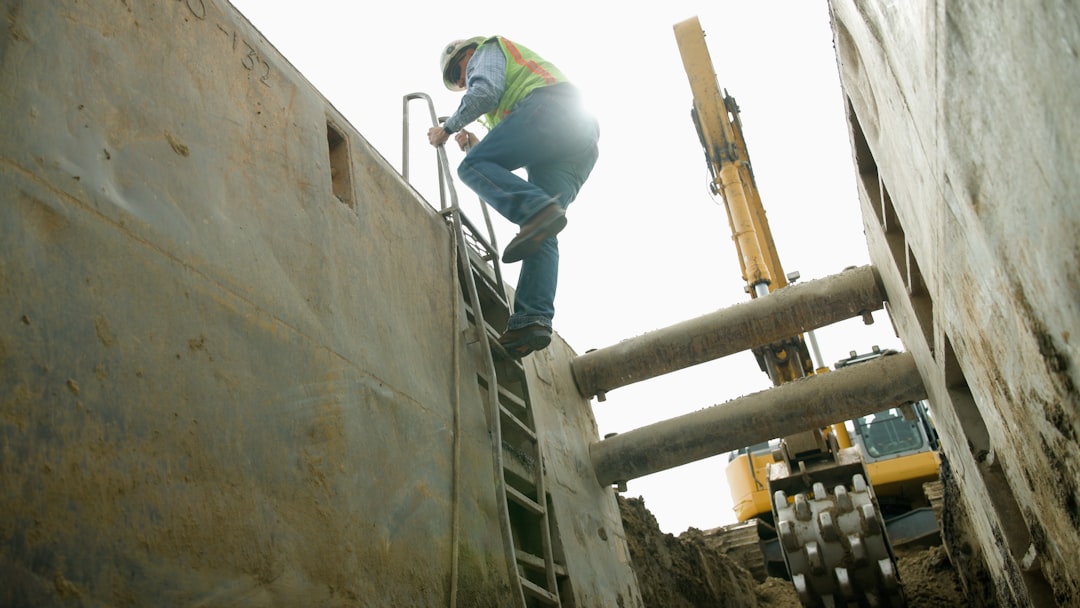
The construction industry environmental impact is responsible for roughly 39 % of global carbon emissions, and residential projects are no small part of that footprint. Lumber, concrete, steel, transport, and site waste all add up. For contractors bidding on modern builds or remodels, showing you can deliver a greener project is quickly becoming a competitive must-have rather than a nice-to-have.
CountBricks delivers AI-powered estimating and invoicing tools that let field pros lead the sustainability conversation without slowing down production. Because our platform pulls realtime pricing and automatically groups tasks, you see exactly how material choices, waste factors, and labor productivity drive the environmental bottom line—before ground is broken.
Lumber moisture content, concrete mix design, insulation type—each decision moves the needle. CountBricks flags high-impact items in the estimate, suggesting lower-carbon substitutes already stocked by local suppliers.
Air sealing, HVAC sizing, and renewable pre-wiring define a home’s lifetime energy draw. Our blueprint takeoff feature models R-values and orientation so you can present owners with clear ROI on performance upgrades.
EPA data shows residential jobs can generate 25 lbs of waste per square foot. CountBricks task libraries include default waste factors you can dial up or down, instantly showing how better ordering or panelized framing lowers dumpster pulls.
From erosion control to drought-tolerant landscaping, clients and municipalities are watching water. CountBricks lets you add permit-ready line items for rain-garden grading, permeable pavers, and smart irrigation controls in seconds.
• National Green Building Standard adoption is growing in more than 400 jurisdictions
• Energy codes such as IECC 2021 require tighter envelopes and mechanical ventilation
• Lenders increasingly request environmental disclosures with draw schedules
• Homeowners cite sustainability as a top three decision factor, even when budget is tight
Winning work now means communicating environmental value clearly—CountBricks bakes that language directly into your proposals.
Simply speak your scope: “2,400 sq ft custom home, advanced framing, mineral wool insulation.” The CountBricks engine calculates quantities, checks local codes, and inserts low-carbon options wherever possible. No manual spreadsheets, no missed eco-allowances.
Because CountBricks syncs nightly with regional suppliers, you see the latest pricing on FSC-certified lumber, recycled-content drywall, or low-VOC paints. The system highlights cost and carbon deltas side by side so you can balance budget and impact.
Choose from standard or high-efficiency task sets. Waste factors, crew sizes, and equipment emissions are pre-loaded. Toggle a sustainable variant and watch the dumpster count and fuel usage fall automatically.
Upload a PDF set and AI recognizes walls, joists, windows, and mechanicals. Adjust wall stud spacing from 16 in OC to 24 in OC and the material schedule refreshes instantly—showing an average 15 % reduction in embodied carbon and framing lumber cost.
CountBricks partnered with Ridgeview Builders on a 2,800 sq ft net-zero spec home.
1. Initial voice estimate generated in 7 minutes
2. AI identified low-carbon concrete blend saving 32 tons CO₂e
3. Optimized takeoff cut framing waste by 18 % and two dumpster hauls
4. Proposal signed 10 days faster thanks to clear sustainability line items
See more wins at CountBricks.com/portfolio
• Start with scope clarity. Use CountBricks voice notes on-site to capture green goals before leaving the driveway
• Lean on alternates. Add a “good-better-best” column showing base, mid, and high-performance assemblies
• Quantify savings. CountBricks reports show lifecycle cost alongside first cost—clients love payback math
• Track waste in real time. Our daily field log integration updates projected dumpster counts as framing advances
• Document everything. Export a “Green As-Built” package from CountBricks.com/services for final inspections
The biggest myth in residential construction is that greener equals costlier. By digitizing estimates and surfacing environmental data early, CountBricks often reveals cost-neutral or even cost-saving swaps. Think raised-heel trusses replacing stick-built energy heel details, or precut sheathing layouts that shave labor hours and sheets alike.
CountBricks also accelerates incentive capture. State rebates for heat pumps or solar-ready conduits can be entered as negative cost line items, automatically updating client totals and your margin.
If you’re ready to bid smarter and build cleaner, get a free demo at CountBricks.com/consultation. We’ll import one of your current plans, walk through the AI takeoff together, and show exactly where you can trim costs and carbon on the very first project.

• Use regional presets. When you start a new job in CountBricks, choose the climate-zone template that matches your site. You’ll automatically pull the tightest code requirements and the most relevant incentive programs.
• Lock in supplier alternates early. CountBricks highlights equivalent materials—like low-carbon cement or finger-joint studs—direct from your preferred yards. Approve the alternates in the platform and they flow straight into your purchase orders.
• Leverage phased invoicing. Split invoices by foundation, shell, and finish. CountBricks tracks waste factors for each phase so you can benchmark performance and negotiate lower haul-away fees with your recycler.
• Share dashboards with subs. Give trade partners temporary access to the job dashboard. Framers see exact stud counts and waste allowances; HVAC crews see target ACH50. The result is fewer overruns and a tighter envelope.
• Export a homeowner sustainability report. One click turns your estimate data into a client-friendly PDF outlining carbon savings, energy projections, and water reductions. Builders using the report have boosted close rates by 14 %—proof that transparency sells.
CountBricks collaborated with Sunrise Homes on a tight-lot duplex targeting ENERGY STAR certification. By switching to advanced framing and cellulose insulation suggested by our AI takeoff, Sunrise reduced